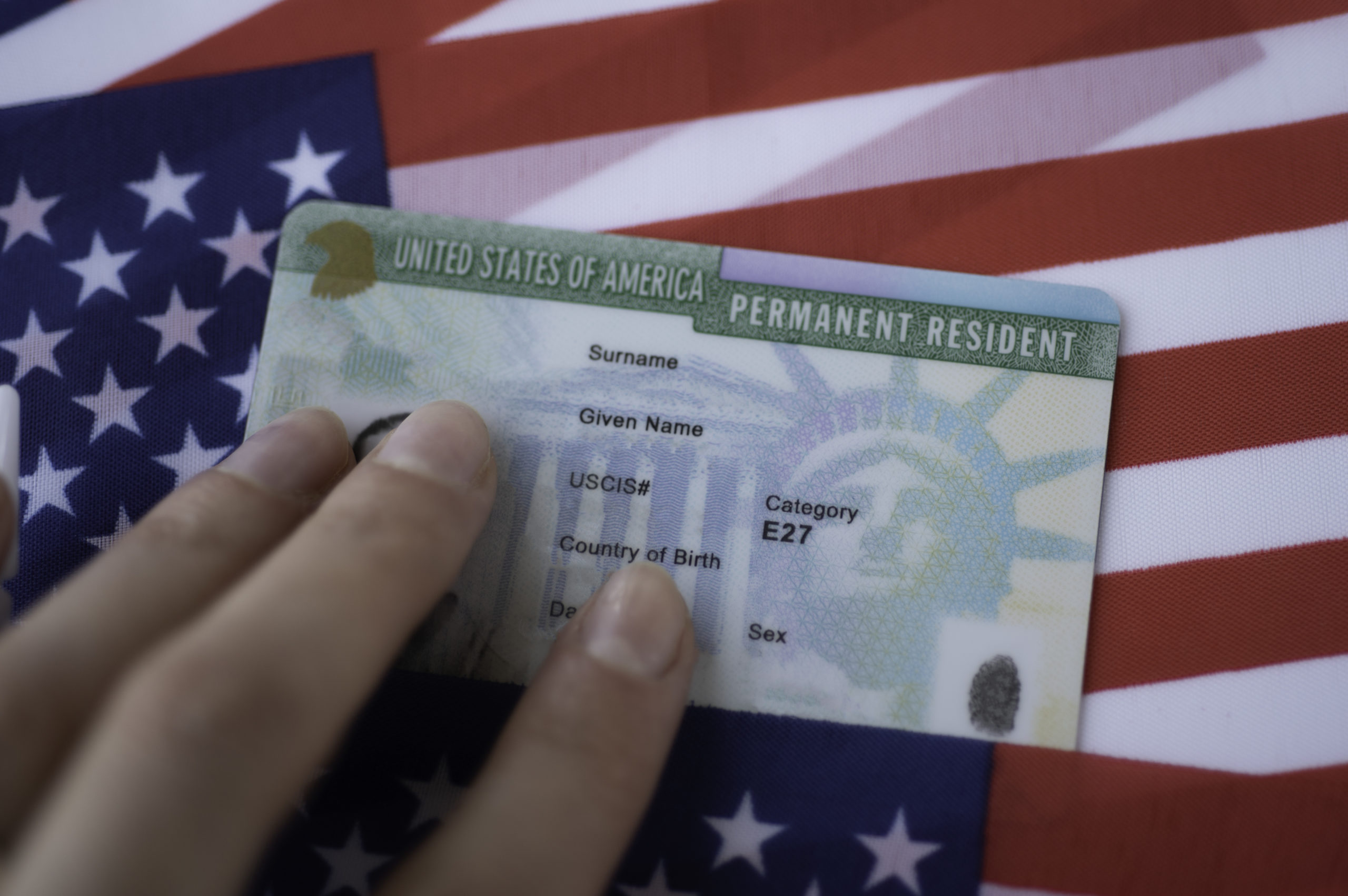Venturing into the global market is an exhilarating prospect for any business. The promise of new audiences and expanded revenue is a powerful lure. Yet, the path to international success is littered with the ghosts of failed campaigns and botched product launches. A staggering 82% of export failures by U.S. companies are tied to poor localization, according to a report highlighted by SEAtongue. This isn't just about bad grammar; it's about deeply misunderstanding the nuances of a new market, leading to wasted resources, damaged reputations, and missed opportunities.
Localization is far more than simple translation. It is the comprehensive adaptation of a product, service, or content to the specific linguistic, cultural, and technical requirements of a target market. When done right, the rewards are immense. Research shows that 76% of online shoppers are more likely to buy a product with information in their own language. When done wrong, you don't just fail to connect; you actively alienate your potential customers.
Before you take your next step on the world stage, let's explore the five most common localization pits that businesses fall into and, more importantly, how you can sidestep them.
1. The Pit of Catastrophic Budget Overruns
You’ve set a budget for translation, but as the project unfolds, the costs spiral. Rework, added linguistic reviews, and unexpected technical hurdles create a financial black hole.
A Real-World Example:Perhaps the most famous cautionary tale is HSBC bank's rebranding effort. In 1999, their successful U.S. tagline "Assume Nothing" was rolled out globally. Unfortunately, in many languages, this was translated as "Do Nothing"—hardly an inspiring message for a financial institution. The cost to rectify this single mistake and launch a new, culturally appropriate campaign was a reported $10 million. This case perfectly illustrates how a seemingly small linguistic oversight can lead to a massive, unplanned expenditure.
How to Avoid It:A detailed and transparent localization plan is your best defense against budget creep. Before a single word is translated, you need a comprehensive brief that outlines scope, target audiences, and deliverables. Partnering with an experienced localization service is crucial. For instance, a professional team will analyze your source content for potential issues, provide a clear, itemized quote, and use translation memory (TM) technology to reduce costs on repetitive text. This proactive approach turns your budget from a rough guess into a reliable forecast.
2. The Pit of Out-of-Control Timelines
Your global product launch is set, marketing campaigns are scheduled, and then… the localized content is delayed. This throws entire strategic plans into disarray, causing you to miss crucial market windows.
A Real-World Example:This is a widespread issue, with industry data showing that missed deadlines are a problem for 29% of localization professionals. The reasons are often systemic: inefficient, manual workflows (a challenge cited by 34% of companies), a lack of centralized project management, and endless back-and-forth emails with freelancers across different time zones. A video game developer, for example, might find their launch delayed for weeks because the translated text doesn't fit the UI buttons, forcing developers to recode and linguists to re-translate in a frantic, inefficient cycle.
How to Avoid It:Efficiency in localization hinges on a streamlined, centralized workflow. Instead of juggling spreadsheets and email chains, work with a partner who employs a robust translation management system (TMS). A dedicated project manager who can coordinate all moving parts—from initial translation and cultural review to technical integration and quality assurance—is invaluable. This integrated approach ensures that linguists, developers, and marketers are all in sync, transforming a chaotic process into a predictable and timely delivery schedule.
3. The Pit of Severe Cultural Offense
This is the most visible and often most damaging mistake. A slogan, image, or symbol that is perfectly innocuous in your home market becomes offensive or nonsensical in another, leading to public ridicule and brand damage.
A Real-World Example:The archives of global marketing are filled with such blunders. When PepsiCo launched in China, their slogan "Come alive with the Pepsi Generation" was infamously translated as "Pepsi brings your ancestors back from the grave." In a culture that deeply reveres its ancestors, this was a significant misstep. Similarly, when Procter & Gamble introduced Pampers diapers in Japan, they used their standard imagery of a stork delivering a baby. This confused Japanese consumers, as their folklore tells of giant peaches, not storks, delivering babies.
How to Avoid It:There is no substitute for genuine, in-country cultural expertise. Machine translation cannot grasp cultural subtext, historical context, or local sensitivities. This is where a deeply vetted network of native-speaking linguists is essential. Companies like Artlangs Translation, which have spent years cultivating a global team, understand this implicitly. With experts in over 230 languages, they don’t just translate words; they adapt the message. Whether it's ensuring the color palette of your website isn't associated with mourning or that your brand name doesn't translate to something embarrassing, true localization requires a human touch steeped in local culture.
4. The Pit of Hidden Technical Traps
You’ve translated all the text, but it breaks your software, app, or website. Text expansion, hardcoded strings, and incorrect formatting create a cascade of technical debt that requires costly developer intervention.
A Real-World Example:In 2017, IKEA had to recall over 100,000 dressers in China after it was discovered that the assembly instructions were unclear and contained translation errors. The poorly localized instructions failed to properly warn consumers about the necessity of anchoring the furniture to a wall, leading to safety hazards. This wasn't just a language issue; it was a failure of technical localization, where the translated content wasn't properly adapted and tested for its end-use context, resulting in product recalls and reputational harm. A common issue in game localization is hardcoding text directly into the source code, which makes it impossible to translate without extensive and expensive recoding.
How to Avoid It:Plan for localization from the very beginning of the development process—a practice known as internationalization. Build your software or website with flexible layouts that can accommodate text expansion (e.g., German words are often longer than English ones). Externalize all user-facing strings so they can be easily exported for translation and re-imported without touching the code. Partnering with a service that has proven experience in software and game localization is critical. They can perform pseudo-localization tests early on to identify potential technical issues before they become expensive problems.
5. The Pit of Neglecting Multimedia Nuances
Your video ad is dubbed, or your short drama has subtitles, but the audience hates it. Poor lip-syncing, unnatural-sounding voiceovers, or subtitles that miss cultural jokes can make your content unwatchable and destroy the audience experience.
A Real-World Example:Early English dubs of the anime series Dragon Ball Z are often cited by fans as an example of localization that missed the mark. Beyond simple translation errors, the tone and character interpretations were often altered, and the emotional weight of key scenes was lost. This demonstrates that for video content, direct translation is insufficient. The goal is to recreate the original experience and emotional impact for a new audience, a task that requires specialized skills in script adaptation, voice casting, and audio engineering.
How to Avoid It:High-quality video localization is an art form. It requires more than just a translator; it demands a team that specializes in multimedia. For dubbed content, this means script adapters who can match the timing and rhythm of the original dialogue, talented voice actors who can convey the right emotion, and skilled audio engineers to ensure seamless integration. For subtitling, especially for fast-paced content like short drama subtitles, it requires experts who can condense dialogue effectively while preserving its meaning and cultural nuances. For years, Artlangs Translation has honed these specific skills, helping content creators deliver a powerful, authentic experience to audiences worldwide, regardless of language.
Conclusion: Your Bridge to the World
Avoiding these five pits is not about luck; it's about strategy. Successful global expansion is built on a foundation of deep cultural respect, technical foresight, and a commitment to quality. Treating localization as an afterthought is a recipe for failure.
By partnering with a dedicated and experienced localization provider, you can navigate the complexities of international markets with confidence. A true partner acts as your cultural guide, technical consultant, and brand guardian, ensuring your message not only arrives but resonates. Don't let your global ambitions become another statistic. Invest in professional localization and build your bridge to the world, correctly, the first time.











